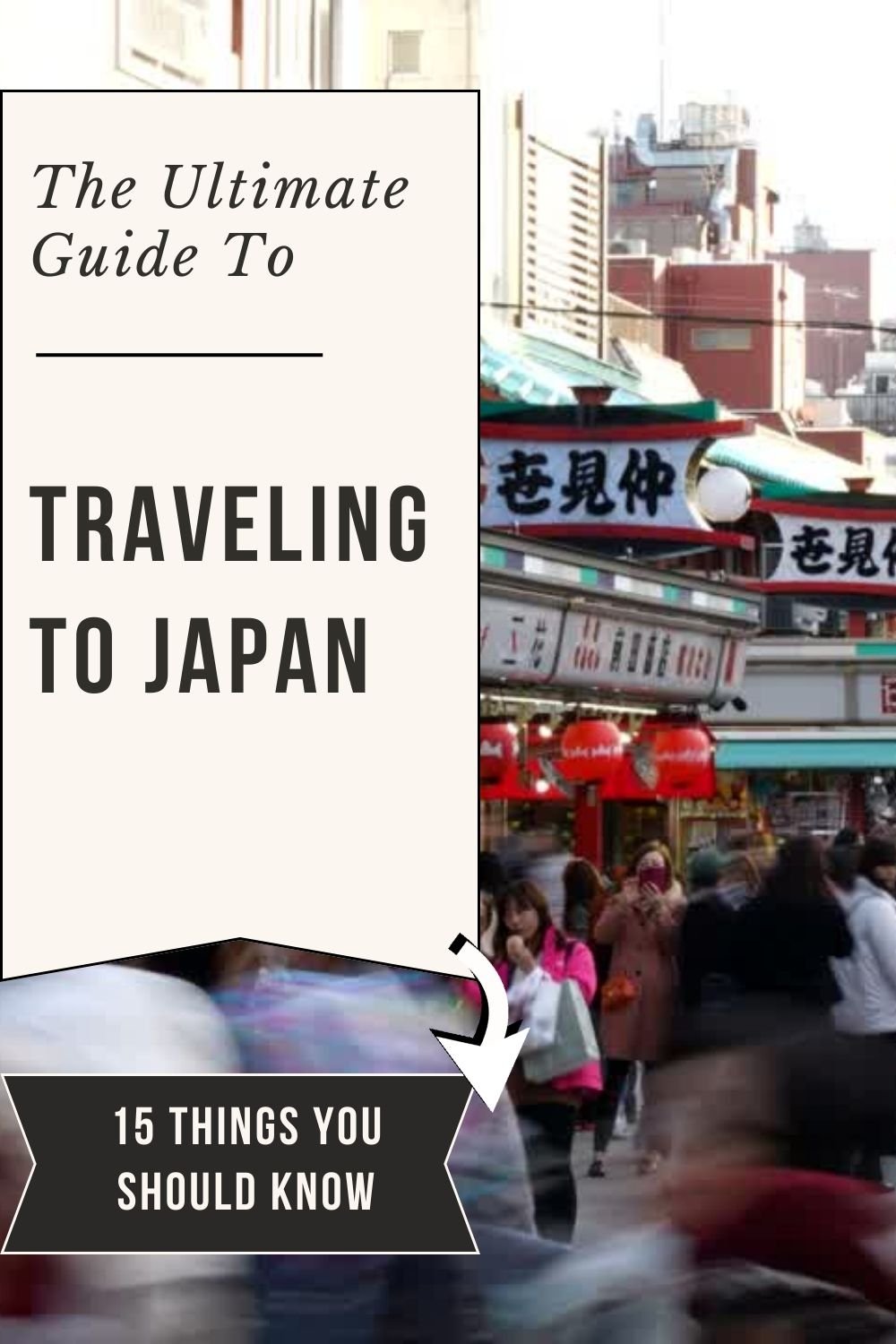International Travel Packing Tip : Pack for Japan like a Pro
/Steal my international travel packing tips. This is EXACTLY what I bring on every single trip to Japan.
When traveling to Japan, whether it’s your first time or your 20th time, there are five small items that can make a big difference on your trip. I never leave them behind because they make my trip that much more effortless.
The best part is you probably already own all of these items! In case you don’t, we linked a couple of our go-to items that are easy to get ahead of time.
Slip-on shoes & socks without holes
Japanese people always remove footwear when entering a new space. You’ll be taking your shoes on and off A LOT. You’ll want to make sure you’re presentable, so holes in socks are a no-go. This custom of removing footwear and such is a sign of respect. Fun fact, you’ll find entire stores dedicated to socks in Japan. So if you’re in need of a pair while on the go, finding one will be no problem!
Small hand towel
Bathrooms rarely have paper towel dispensers. Most Japanese people always have a small hand towel with them specifically for this purpose.
Souvenirs from your hometown/country
I do this on every trip I go on as it’s one of my Love Languages, but gift-giving goes a long way, especially in Japan. On my last trip, I brought chocolate-covered macadamia nuts from Hawaii, because who doesn’t love a sweet morsel?!
Cash & a coin purse
Japan is still largely a cash-based economy. Although there are many places that take credit cards, there are still many instances where cash comes in handy. For example: mom-and-pop shops, vending machines, temples, shrines, etc. It’s handy to have something that is convenient for holding coins since the yen coin denominations go up to 500 JPY (approx 4 USD).
Reusable water bottle
Japan tap water is typically safe to drink so it’s easy to fill up just about anywhere. While there are vending machines and convenience stores everywhere, why not save on plastic waste and save some extra cash to spend on a couple of onigiri or a bento instead?
Bonus: What NOT to bring to Japan - an umbrella
If you’re worried about rain, don’t be. Umbrellas are extremely inexpensive and conveniently found throughout most cities. When you leave Japan, you can typically leave it behind at an establishment by asking. Someone will find it handy.
Travel with us to Japan on our 11-Day Inside Japan Trip. Check out our itinerary and let us know if you’re interested in coming with us! We’ll be visiting tea farms, sushi classes, and walking tours of some of our favorite cities in the whole country.
If you’re traveling to Japan on your own and don’t know where to start or want to tap into our travel expertise to make the most of your trip, check out our customized travel coaching and optional booking service.
This page contains affiliate links. As an Amazon Associate, TTLT earns from qualifying purchases at no cost to you. Thank you for supporting our small business!
No matter where you travel, we always recommend purchasing travel protection to safeguard against sudden changes or cancellations. If you don’t already have a preferred vendor, you can check out ours - Travel Insured - who offers a “Cancel for Any Reason” policy.
Written by Carly Dela Cruz, Operations Manager & Inside Japan Tour Host
Don’t forget to pin this article for future reference!












































